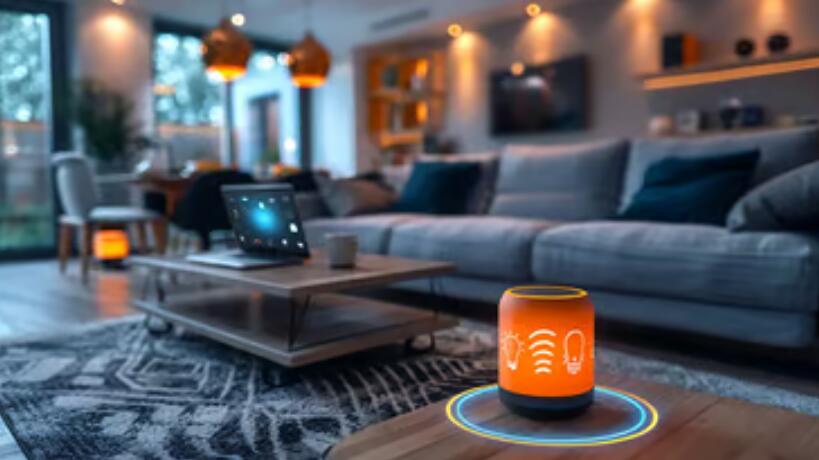Embracing the Future: Exploring the Benefits of Smart Home Technology
Introduction
The integration of technology into our daily lives has been a gradual yet profound journey. Smart home technology represents the next step in this evolution, offering a seamless blend of convenience, security, and energy efficiency. This article delves into the myriad benefits of smart home technology and how it is shaping our future living spaces.
The Evolution of Smart Homes
Smart homes have evolved from simple automation to a sophisticated ecosystem of interconnected devices. The journey began with programmable thermostats and advanced to include a wide array of smart devices that can be controlled remotely.
Benefits of Smart Home Technology
1. Enhanced Convenience
One of the most apparent benefits of smart home technology is the convenience it offers. With the ability to control lights, thermostats, and appliances remotely through smartphones or voice commands, daily routines become more manageable.
2. Energy Efficiency
Smart homes are designed to optimize energy usage. Smart thermostats learn your schedule and adjust the temperature accordingly, while smart lighting systems ensure that lights are only on when needed. This not only reduces the carbon footprint but also leads to significant savings on energy bills.
3. Improved Security
Security is a top priority in smart home design. With smart locks, security cameras, and motion sensors, homeowners can monitor and secure their homes more effectively. Alerts can be sent directly to smartphones in case of any unusual activity.
4. Health and Wellness
Smart home technology can also contribute to a healthier living environment. Air quality monitors, smart water systems, and even wearable devices can help track and improve the health of residents.
5. Aging in Place
For seniors, smart home technology can be a game-changer, allowing them to live independently for longer. Features such as fall detection, medication reminders, and easy-to-use communication systems can greatly enhance the quality of life for older adults.
6. Customization and Personalization
Smart homes offer a level of personalization that traditional homes cannot match. From setting the perfect ambiance with smart lighting to creating customized scenes for different activities, smart homes can be tailored to individual preferences.
7. Integration and Scalability
The beauty of smart home technology lies in its ability to integrate various systems and devices. Whether it’s entertainment, security, or home automation, all components can work together to create a cohesive living experience. Moreover, smart home systems are scalable, allowing for easy upgrades and additions.
Challenges and Considerations
While the benefits are numerous, there are challenges associated with smart home technology:
- Privacy Concerns: With the collection of data comes the potential for misuse or breaches.
- Cost: Initial setup and ongoing maintenance can be expensive.
- Complexity: Navigating the myriad of options and compatibility issues can be daunting for some users.
- Reliability: Dependence on internet connectivity can lead to concerns about system reliability.
The Future of Smart Homes
As technology advances, the future of smart homes looks even more promising. We can expect further integration with artificial intelligence, more intuitive user interfaces, and the potential for smart homes to become an integral part of smart cities.
Conclusion
Embracing smart home technology is more than just a trend; it’s a step towards a future where living spaces are not only comfortable and secure but also intelligent and responsive to our needs. By understanding and leveraging the benefits of smart home technology, we can create a living environment that is truly ahead of its time.
This article aims to provide an overview of the benefits of smart home technology, highlighting how it can enhance our lives while also addressing the challenges and considerations for potential users.
